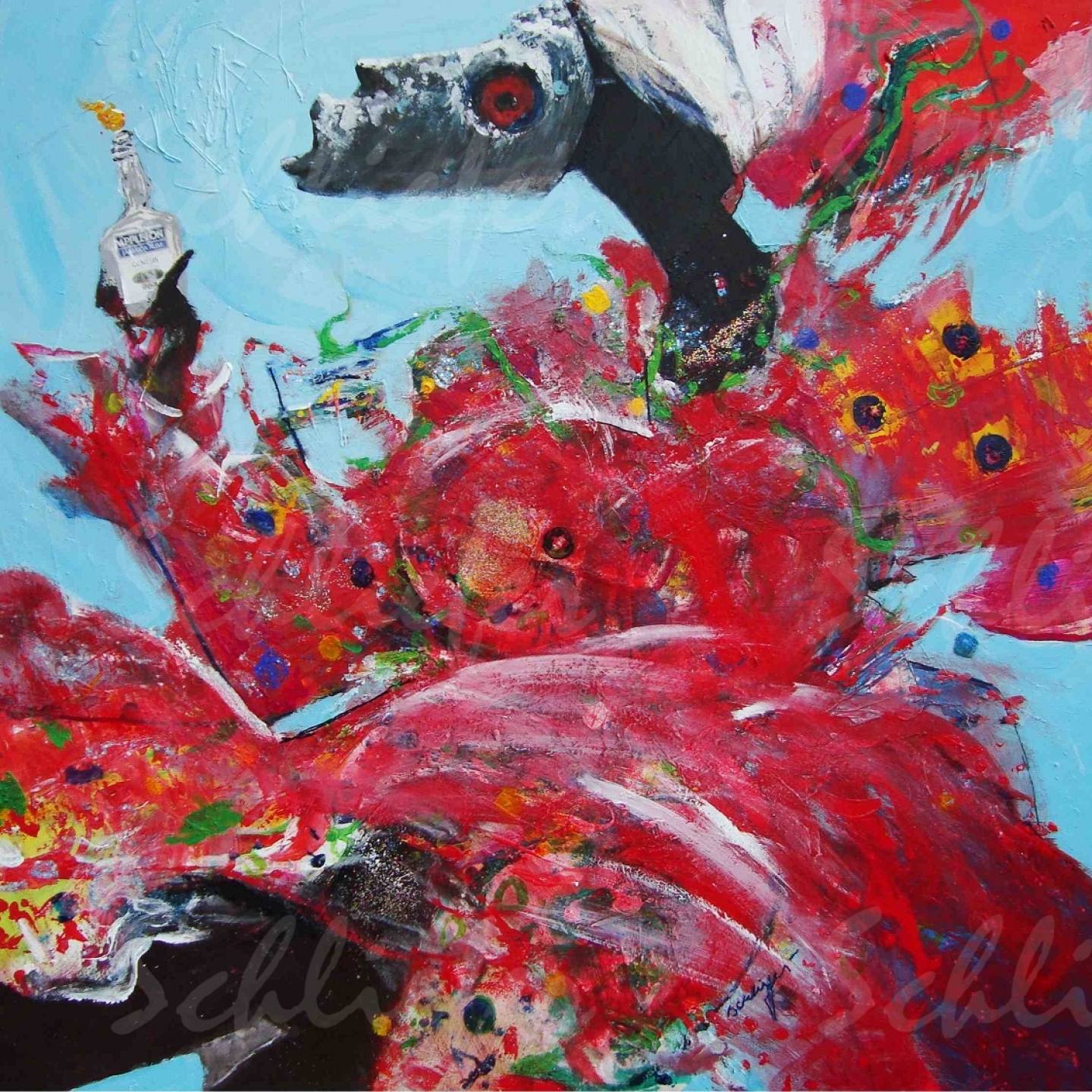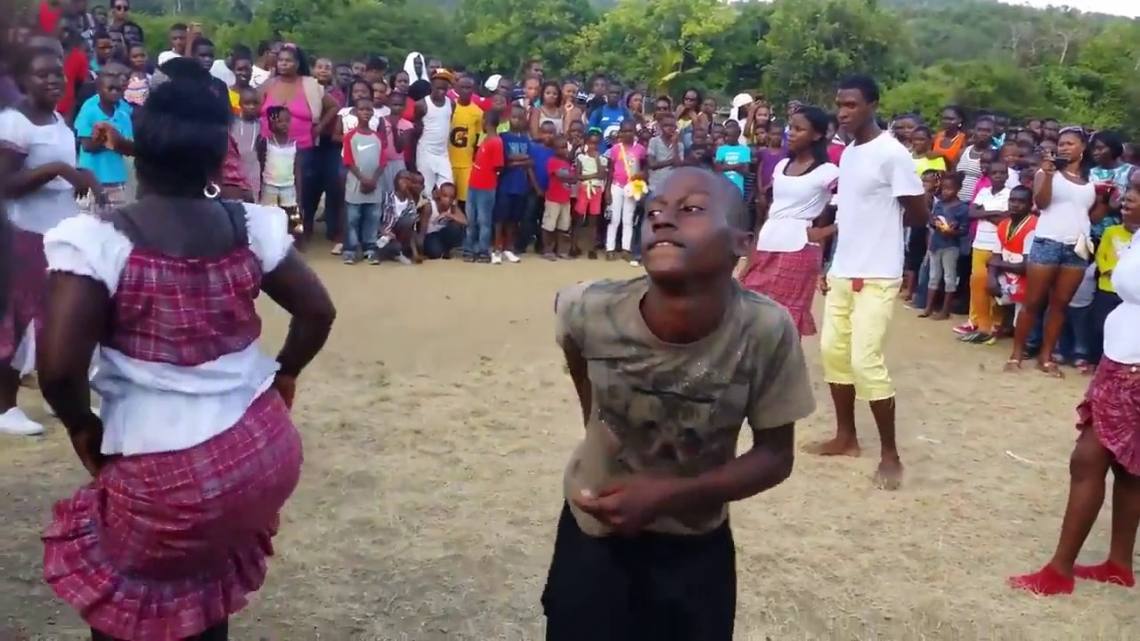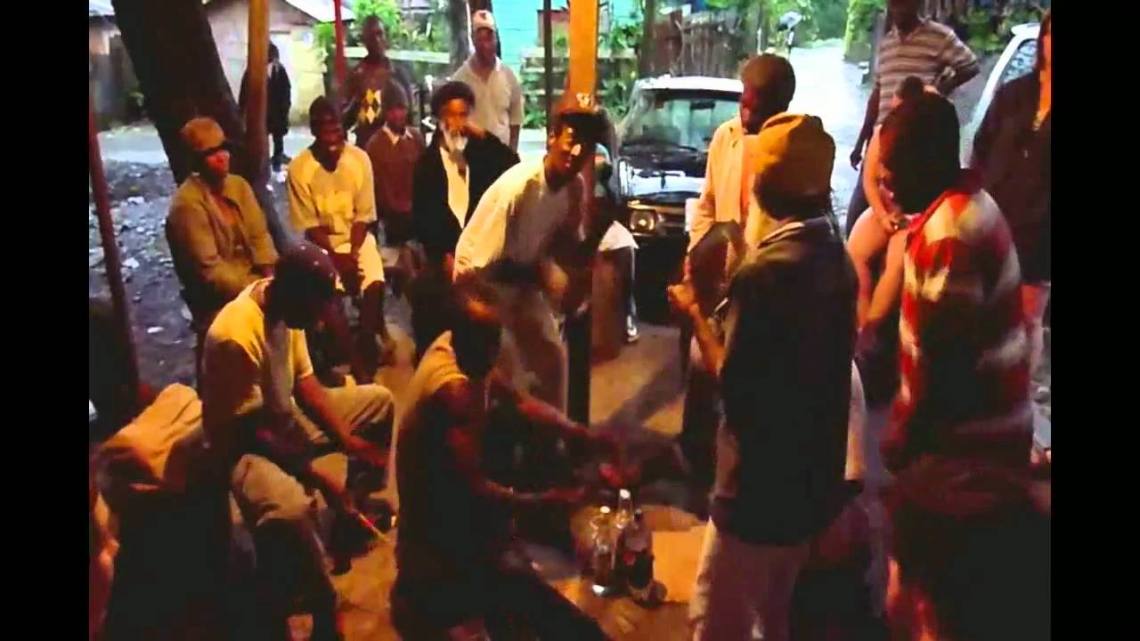Traditional Jamaican Dances
Bruckins, burru, dinki-minni, ettu, gerreh, gumbay, jonkunnu, kumina, maypole, myal, quadrille, tambu and zella.
Dance is such a wonderful artistic expression, influenced by history and culture. Jamaica has a rich heritage of traditional dances, but today many of them are hardly known. With time new dances emerge that express today’s culture replacing some traditional dances. Thankfully local cultural festivals help to keep traditional dance forms alive.
Here is a list of Jamaica’s traditional dances, which you might find strange since several are not English words – bruckins, burru, dinki-minni, ettu, gerreh, gumbay, jonkunnu, kumina, maypole, myal, quadrille, tambu and zella.
To the unschooled eye, these traditional dances look alike, but there are distinct differences in the movement of the arms, legs and hips. Look carefully at the YouTube video below.
Besides cultural festival and competitions you can see some of these dances at certain events, such as a nine-night to celebrate the life of a lost one and encourage those in mourning. Kumina is more than a dance, it is a religion that many Jamaicans still practice.
Some dances, like quadrille are for couples; while others involve a troupe of dancers, such as jonkunnu. The maypole which came from Europe is generally considered a children’s dance.
These traditional dances are deeply influenced by Jamaicans’ African ancestry and colonial history. Yet there are other traditional dances from Asia (India and China) that came with successive waves of migrants in the late 1800s and in recent years celebrated as part of Jamaica’s rich dance heritage.
Here is an excerpt from the Jamaica Information Service (JIS) on Jamaica’s dance heritage.
Bruckins
Bruckins, a creolised traditional dance, is a unique mixture of African and European influences. Bruckins is a stately, dipping-gliding dance typified by the “thrust and recovery” action of the hip and leg. It was performed to celebrate Emancipation from slavery on August 1st, 1838.
Burru
Burru comes from Lionel Town and Hayes (Clarendon). The dance has strong fertility elements with rotating action of the hip while bending through the knees accompanied by breaks of intermittent small jumps.
Dinki-minni
Dinki-minni is from the parish of St. Mary. It is usually performed after the death of a person on the ninth night to cheer up the bereaved. During the performance the male dancer bends one leg at the knee and makes high leaps on the other foot. Both male and females dance together with very suggestive pelvic movements. The benta, a large one-string bamboo zither native to Jamaica is an integral part of the band.
Ettu
Ettu dance originated in west Africa and was performed in the parish of Hanover. It is believed that Ettu is a corruption of the word Edo, the name of a Yoruba tribe. The dance involves lifting, and dropping the elbows and shoulders, with the feet doing sideways shuffling steps. The songs are short and repetitive, using only four notes and sung in a Yoruba dialect.
Gerreh
Gerreh also originated in Africa and performed the night after a person’s death, to cheer the bereaved. It is like Dinki Mini and Zella with more hip movements mainly by the female dancers. Similar instruments are played to those used in Dinki Mini, except the benta.
Gumbay
Gumbay dance is an element of Gumbay healing cult. It was performed in the parish of St. Elizabeth and has its origins in Myal. The dance involves a series of long steps followed by vibrating sideways body movements, wheeling turns and sudden stops with the pelvic in a forward tilt. This dance is well known among the Maroons.
Jonkunnu
Jonkunnu is performed by a roving band of dancers in masquerade along with a musical band. They usually perform in towns and villages around Christmas time. The musicians play well known traditional songs with their fife, bass and rattling drums, shakas and graters. The dance characters were usually performed by men - King and Queen, Cow Head, Horse Head, Devil, Pitchy Patchy, Red Indians and Belly Woman.
Kumina
Kumina originated in the Congo and was brought to Jamaica by free Africans in between1840s to 60s. It is generally performed in the parish of St. Thomas to celebrate special events. Important elements in a Kumina session are dancing, singing and drumming.
Maypole
Maypole, also referred to as the Long Ribbon Pole in rural areas, was part of outdoor social festivals and performed at fairs, garden parties or picnics. It involves plaiting different coloured ribbons into three basic patterns, starting with the grand chain or “basket weave” wrapping the ribbons around the pole from the top. Other popular formations were the Spider Web, Flair, Dome and Umbrella.
Myal
Myal is among the oldest dances in Jamaica and associated with a type of religious observance. It was performed in the parish of St. Elizabeth. The dance has a wide range of body movements and vigorous actions.
Quadrille
Quadrille is a dance for couples performed in three styles. The Ballroom Quadrille mimics the 18th century European ballroom dance. While the Camp Quadrille, also known as Long Way, includes African elements. The Contra Style Quadrille is performed to Mento music.
Tambu
Tambu dance is named after the Tambu drum. The dance involved couples facing each other and dancing the shay-shay, saleone and mabumba sequences.
Zella
Zella dance is rarely heard of but is similar in form and structure to Dinki-minni. It forms part of the death observances and rituals in Portland. The main instrument played are two Kumina drums.
For the full article go to Jamaica's Heritage - Dance and Music
Also see the YouTube videos by JIS on traditional Jamaican dances
Taditional Dance Jamaica
Also visit this link on traditional dances of Barbados: Barbados Traditional Music and Dance
Painting by Stafford Schliefer titled Pocomankunnu Dancer
Also visit our art gallery online of contemporary artworks by Jamaican/Caribbean visual artistis: EJ Gallery
July 2021
Copyright © Experience Jamaique. All Rights Reserved. Designed and Developed by LucraLux Marketing.








